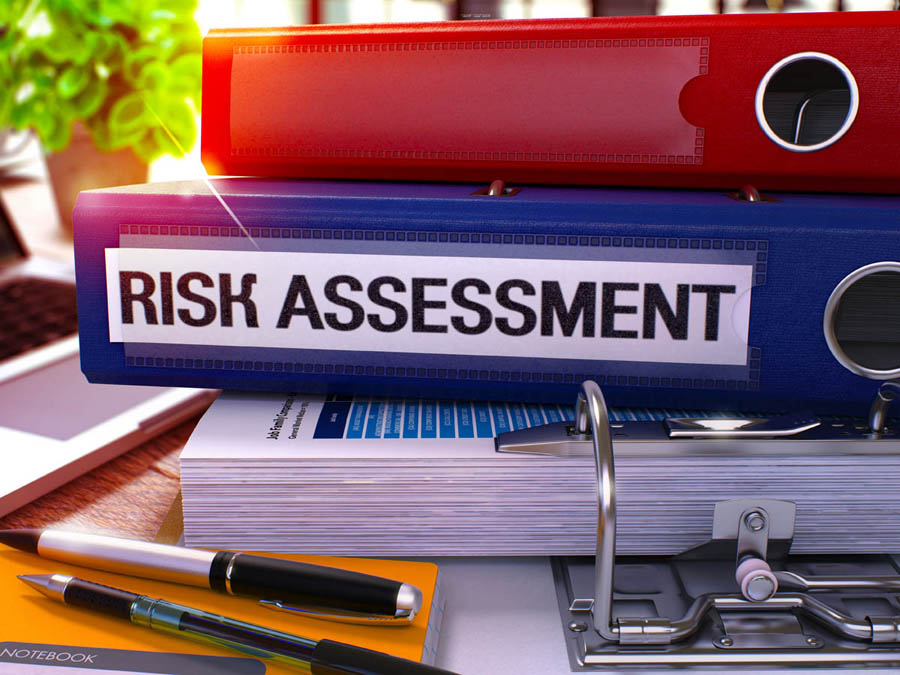Over the past few months, individuals across the UK have been put under significant strain due to the outbreak of Covid-19. During this time, the work and home lives of so many have been seriously disrupted.
While this has called for a temporary adjustment of our mindset and behaviour, it’s still more important than ever to ensure that proper fire safety standards are adhered to. And when we consider that many people are currently in an increasingly vulnerable position such as the elderly or individuals who have lost their jobs, it’s even more imperative that we reduce any additional risk wherever we have control.
As such, it’s important for appropriate HMO fire risk assessments to be carried out to ensure the ongoing protection of tenants and nearby properties. If you’re a landlord, property manager or agent tasked with this responsibility, we’ve gathered a few thoughts and considerations to guide you.
What Has Changed?
As an essential service, fire authorities continue to respond to serious fire safety concerns as they always have. This comes at a significant amount of risk to the professionals involved, but the nature of their roles requires them to maintain their dedication.
Having said this, it’s crucial for citizens within the home or businesses setting to reduce the risks of fire safety issues wherever they can. One of the best ways to do this is by implementing a sufficient HMO fire risk assessment and report.
This should uphold the same standards of safety as pre-COVID-19 fire risk assessments, but additional consideration should be made for how people’s home situations may have been changed due to social distancing.
For example, have room layouts been significantly altered? Have tenants created makeshift barriers or doors for reduced spread of the virus? Are additional family members now staying in the property?
Advice and Best Practices
Despite some additional thought needed to perform HMO fire risk assessments at this time, the same best practices and advice will still apply as they always have.
- Remove items from escape routes and doorways
- Check electrical installations are safe (e.g. sockets and light fittings)
- Remove unnecessary waste and clutter from the hallways and ensure bins are emptied regularly
- Ensure fire alarms and emergency lighting systems are working
- Ensure fire doors are kept closed (which may have been wedged open to improving airflow)
- Make sure an appropriate fire blanket or extinguisher is placed in the relevant locations
With regard to the above, and many more important aspects of good fire safety precautions, UK-Fire Risk Assessments can carry out the necessary checks, assessments and reports to give your property the protection it needs at this time.

